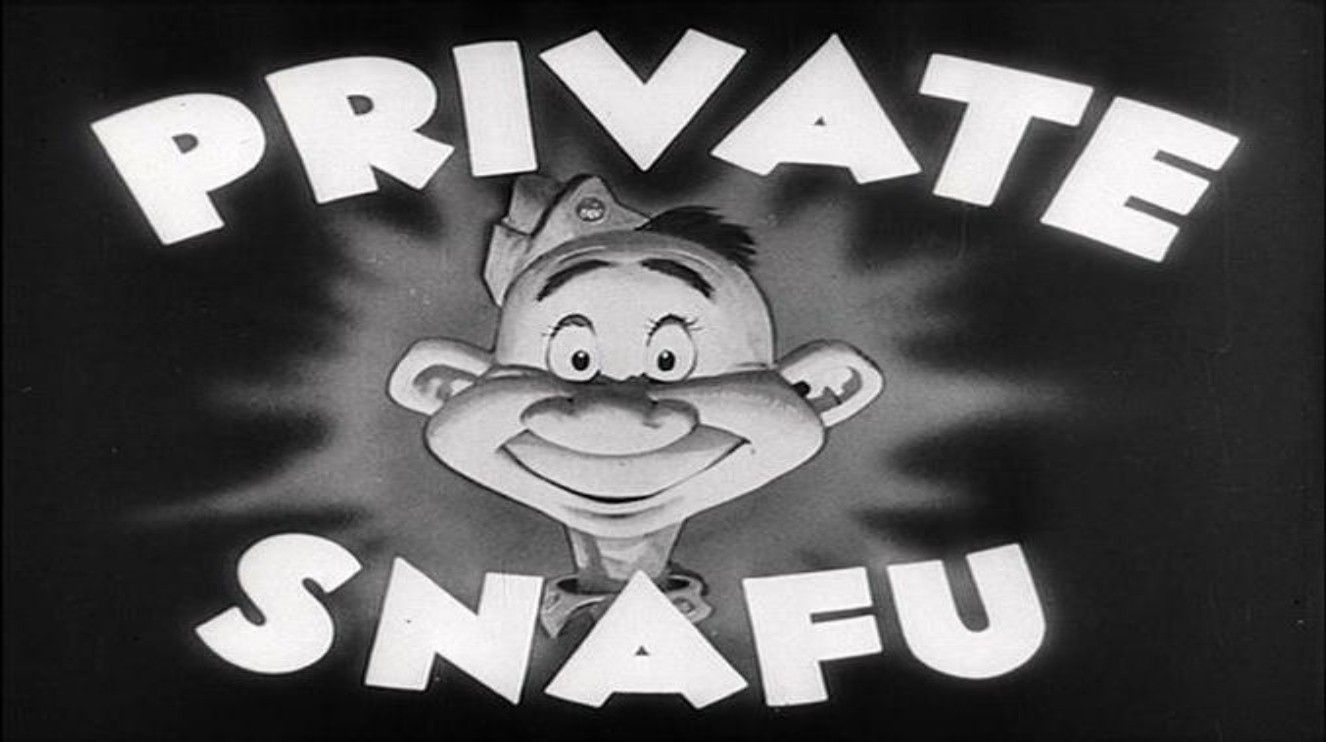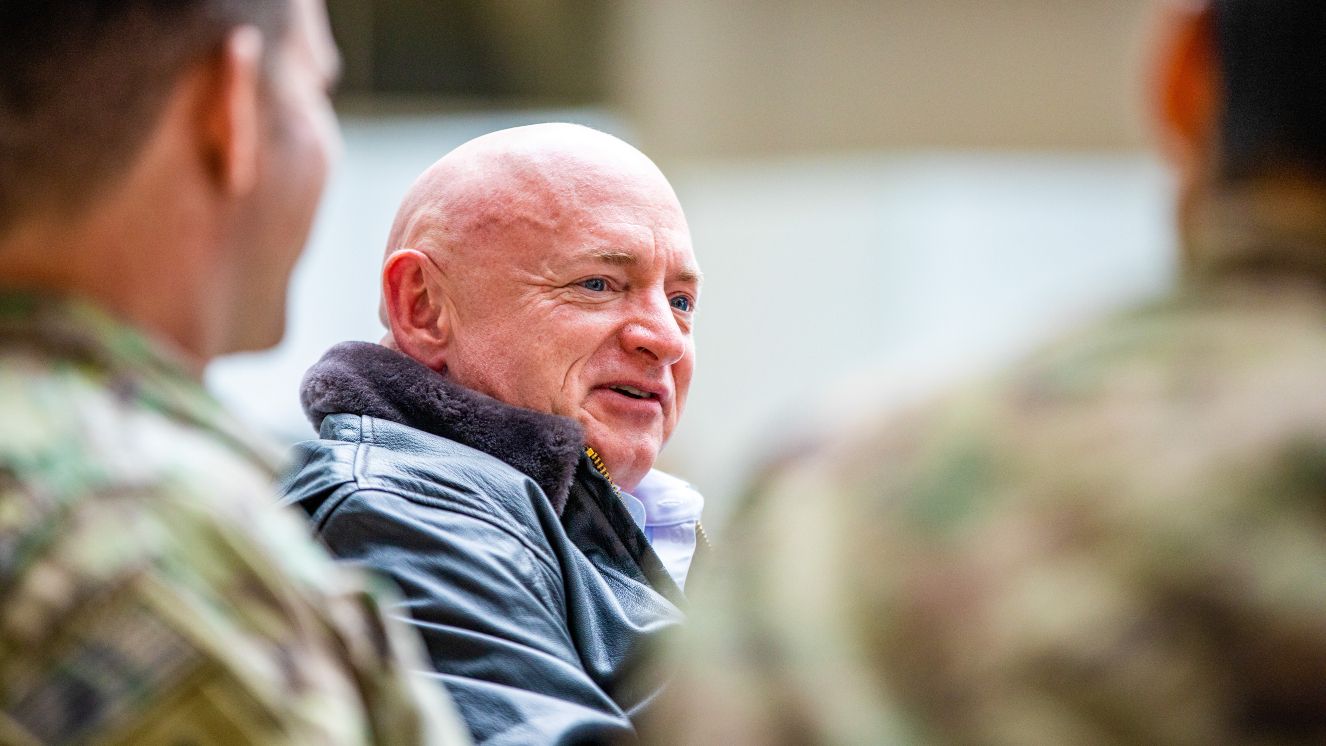THE UPROAR OF TEAM LIONESS: HOW TAYLOR SHERIDAN’S SHOW GOT IT WRONG

In 2003 in Ramadi Iraq, U.S. Army Colonel David Brinkley, Commander of 1st Engineer Battalion, made the decision to send out some of his female soldiers with Lt. Colonel Richard Cabrey’s combat soldiers. Because of cultural strictures in the Middle East, male soldiers had difficulty interacting with women and conducting searches. Using this loophole, terrorists utilized women to transport and smuggle dangerous materials related to the insurgency in Iraq. After realizing the need for female troops who could defuse tension with local women and children and gather critical intel that averted conflict, Colonel Brinkley had his female soldiers volunteer in teams of two under the moniker of Team Lioness.Related read:The Real Story of Team Lioness That Inspired Taylor Sheridan’s New Spy Thriller
The Gender Gap in the Military
The team's purpose was to avoid conflict with locals yet the women of Team Lioness did find themselves in multiple instances of ground combat. At this time in 2003 theCombat Exclusion Policy was still in place. This policy stated that female troops could not train or participate in ground combat. Women were not assigned to any position below the brigade level with a primary mission of direct ground combat. Women who were below brigade level had Military Occupational Specialties (MOSs) as clerks, mechanics, and signal engineers, but never combat roles. Subsequently, female soldiers trained differently than men. Both men and women received basic weapons training but only men received combat training.Shannon Morgan, a member of the original team, spoke to VeteranLife about this gap and how her training and that of her male counterparts differed. She recalled that no one had expected women to participate in direct combat and firefights. Unfortunately, direct combat found them anyway, and the team often found itself in the midst of battle without the proper training or preparation to ensure a successful outcome. In the spring of 2004, the insurgency heated up and fighting broke out in Ramadi. At this time, the 2nd Battalion, 4th Marines asked Colonel Brinkley to borrow some of the Team Lioness women. This is how the team became attached to Marine ground combat units and fought in some of the most gruesome battles of the war.
Team Lioness Struggles After Service
Technically, what Team Lioness did was a violation of DoD policy. Colonel Brinkley and Colonel Cabrey did not seek approval of higher-ups when making their decisions related to Team Lioness. Coming back from Iraq, these women were the first returning female combat Veterans. The trail they blazed was brand new to military leadership and Veterans Affairs. Yet, navigating the benefits process turned out to be much worse for the female Veterans than they could have imagined.The women sought help at the VA but were not taken seriously as their official paperwork designated them as having been involved in mechanical or clerical work. Morgan shared her struggles in receiving the combat Veteran benefits services she deserved. She spoke about a point at which she went to a psychologist at the DEA in Little Rock. The psychologist came to believe that she was lying about her service, because women were not involved in frontline combat.This catapulted Morgan into a horrendous mental state. She recalled painfully the feeling of helplessness, unable to find relief from the one place that was designed to offer it. The experience drove Morgan to make it her main mission to advocate for female soldiers.
“If I was lucky enough to survive that, the next female that finds herself in that situation might not be so lucky. I felt like that would be blood on my hands.” - Shannon Morgan
As she relayed these struggles, she made comparisons to the Veteran suicide rate. “That's why there’s 22 a day," Morgan said. "We are taught to suck it up and push everything down and we’re actually taught not to say there is a problem and that’s why there are so many Veteran suicides. I just wanted to make sure this change continued to happen because the fight for females never ends."The VA didn’t believe her or any of the other members from the original team. It was incredibly important to expose the truth so that these Veterans could receive the services they sorely need. This is why when the team was contacted by filmmaker Daria Sommers and given the chance to testify to their experiences in a documentary about their service, many members of the original team were immediately on board. Released in 2008, the feature documentary Lioness detailed the gritty reality of the team’s trials. As it made the rounds and gained in popularity, it forced the military to acknowledge that women could take on roles that exceeded the limitations imposed on them by paperwork.In addition to the creation of the Lioness documentary, Shannon and her colleagues testified on Capitol Hill to multiple committees to push for changing the DoD Combat Exclusion Policy. Their work was instrumental in the effort that would ultimately overturn the policy in 2013. These days, women can field any military position they choose.Suggested read:C’mon Military Barbie, Let’s Go to War! The History of Barbie's Military Career
The Fight for Female Soldiers Continues
Shannon believes that without the leadership that originally put together Team Lioness, which supported them and didn’t limit them due to gender, the fight for female soldiers never would have begun. But the fight isn’t over. As recently as 2017-2018, women that served in cultural support teams who paired with Special Operations groups still had trouble getting the VA healthcare that they needed.Female Veterans have an extra battle to win when they return to the VA for benefits. “As females we never stop fighting. You have to fight for your right to be there. And then once you’re there you have to fight to prove yourself. And then you come home and no one believes you. And that's horrible,” Morgan says of her experience navigating the system.Members of Team Lioness still do not have any explicit proof on their DD214 to show that they have combat service.
Taylor Sheridan’s Show Misrepresents Team Lioness
With the recent release of Taylor Sheridan’s Special Ops: Lioness, the true story of Team Lioness continues to be muddled. Since the announcement of the show, members of the original team have felt jaded because, while it uses the title Lioness, the show itself wasn’t about the team at all.Sommers, the creator of the Lioness 2008 documentary, stated that on the one hand she was happy to see Hollywood casting women actresses to play action heroes. However, it stands against the backdrop of real female service members having to fight to solidify their place in history. Of Taylor Sheridan’s Lioness, Sommers says simply, “It is not a depiction of reality. It does not reflect what these women did.”One of the biggest discrepancies between the real team and the fictional one is the evolution of roles for female soldiers that began with the Army’s Team Lioness. Colonel Brinkley created the first Team Lioness in 2003 in Iraq. In 2004 in Afghanistan, Marine combat troops borrowed female Marines much like the Army Team Lioness, but they were a separate group entirely called searchers. By 2005, both the Army and the Marines had formalized Lioness programs that trained females specifically for their roles. In 2009, the first Female Engagement Teams (FETs) were introduced in Afghanistan. These teams ran medical clinics and conducted engagements in Afghan homes. In 2010, U.S. Special Operations Command recruited women for Cultural Support Teams (CSTs) which were trained in combat. CSTs were deployed with Green Berets and Special Operations on night missions. If you want to learn more about the actual history of Team Lioness beyond the fantasy of Taylor Sheridan’s Paramount+ show then check out Sommers and Morgan’s podcast, Lioness the Origin Story, with Shaun Cameron Hall of the Veterans Breakfast Club. The Veterans Breakfast Club is full of resources, interviews, and articles that tackle vital issues just like this one. https://youtu.be/OmjEfQFEM4A There is a lot of work left to be done in order to establish female troops as equal members of the military. And to Morgan and others, it's a matter of the utmost importance because, “Females are crucial components. They’re the backbone of the military if you ask me and you're not going to stand up straight without a backbone.”Read next:Russian Nuclear Targets in America That Are at the Highest Risk



